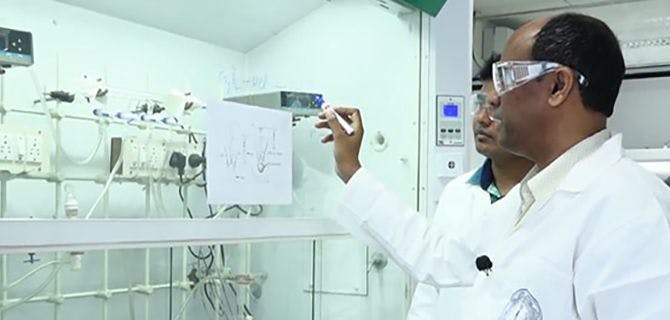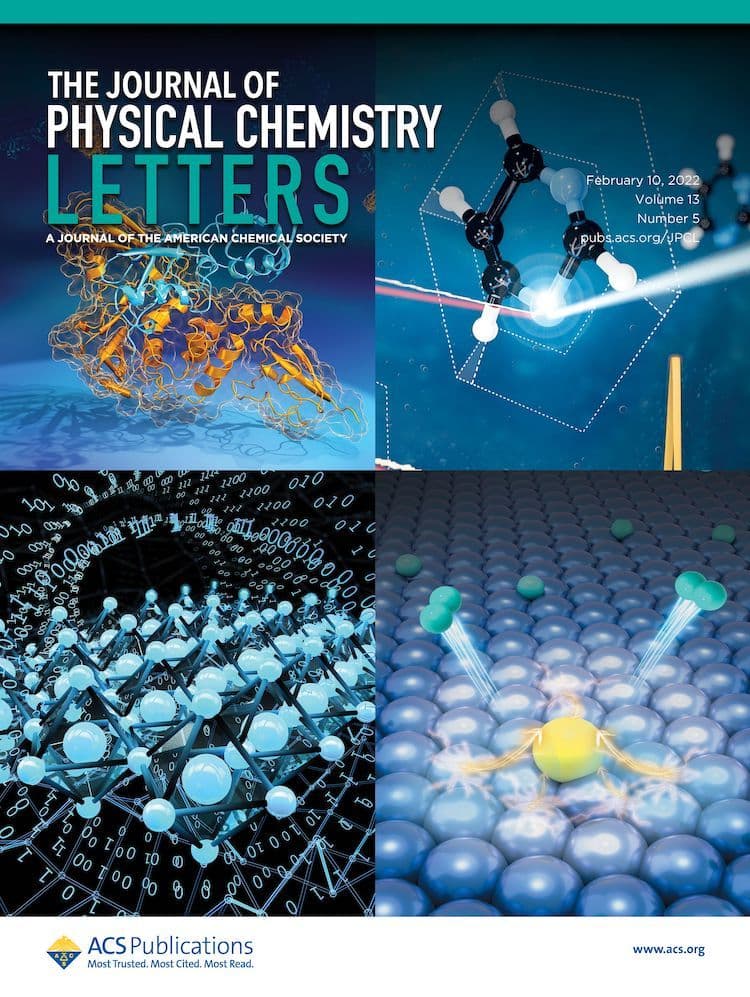Over the last 2 years, researchers investigated metal phosphides as efficient electrocatalysts for both hydrogen and oxygen evolution reactions (HER and OER). While a large number of studies looked closely at HER, however, the amount of research into OER is limited. The chemistry in the OER is more complicated and involves irreversible surface oxidations of […]

Over the last 2 years, researchers investigated metal phosphides as efficient electrocatalysts for both hydrogen and oxygen evolution reactions (HER and OER). While a large number of studies looked closely at HER, however, the amount of research into OER is limited. The chemistry in the OER is more complicated and involves irreversible surface oxidations of these materials and transforms them to their corresponding oxide/oxyhydroxide. Interestingly, these in situ changes have been widely observed generating more active catalysts with superior performance. Phosphides of Fe, Co, and Ni with different compositions have been proved as efficient catalysts for water oxidation. Considering their importance, structures, compositions, surface modifications, and also in situ transformation during electrolysis, this Perspective video provides state-of-the-art views of their current developments and future prospects.
This video presents the research on metal phosphides as OER catalysts. This includes identifying the problems of exploring these materials, demonstration of a simpler approach to synthesis, understanding different parameters for tuning the activity and catalyst evolution. For more information, check out the article published in The Journal of Physical Chemistry Letters.

